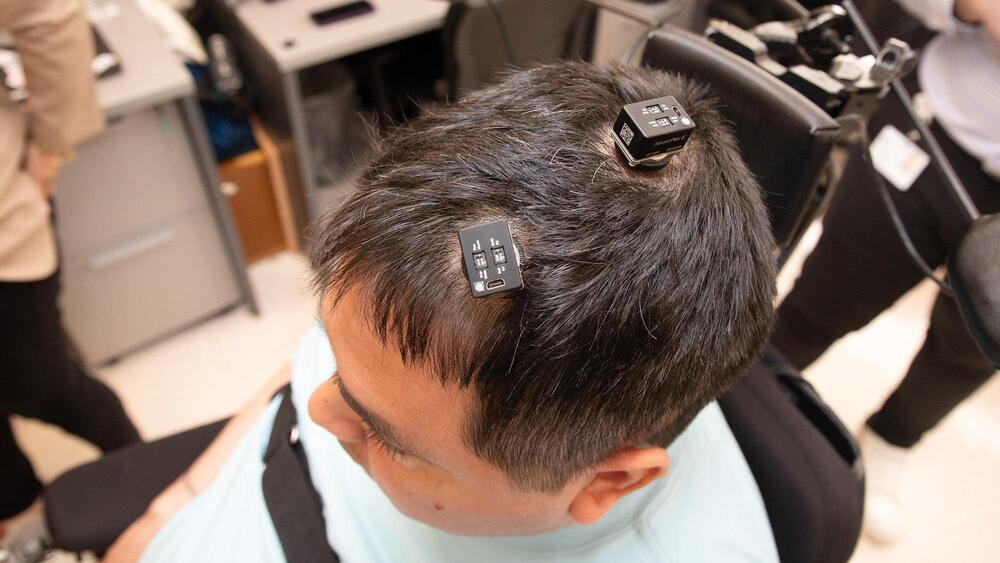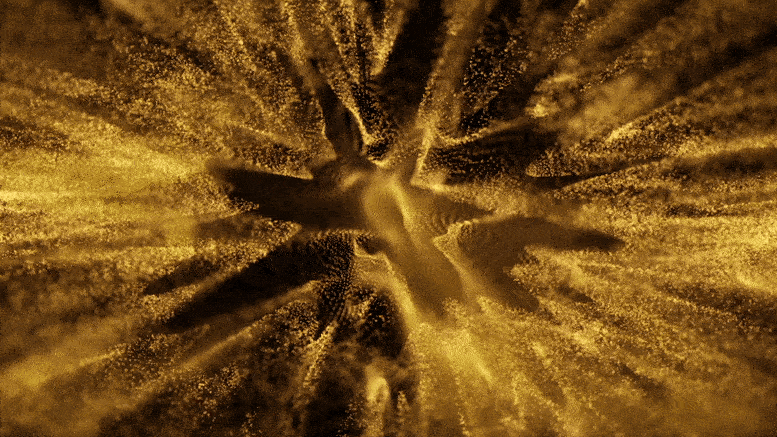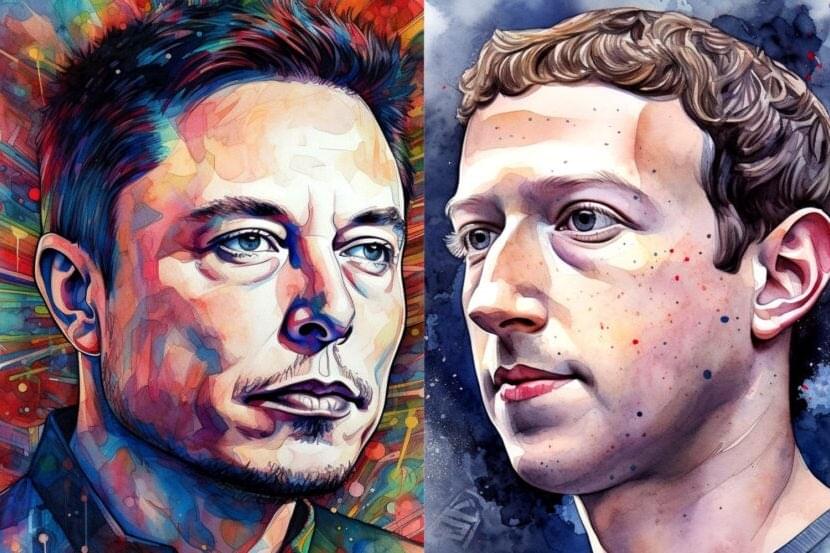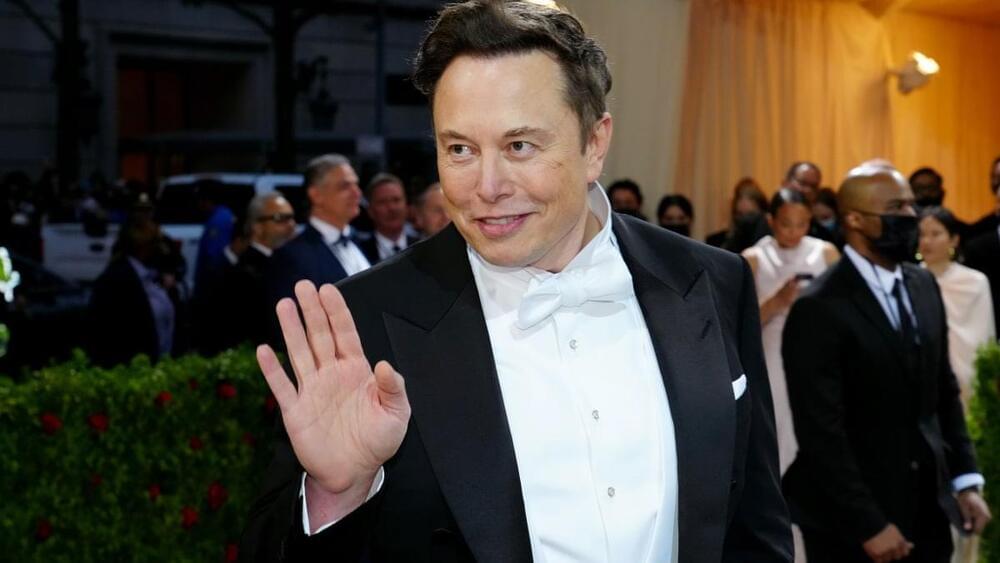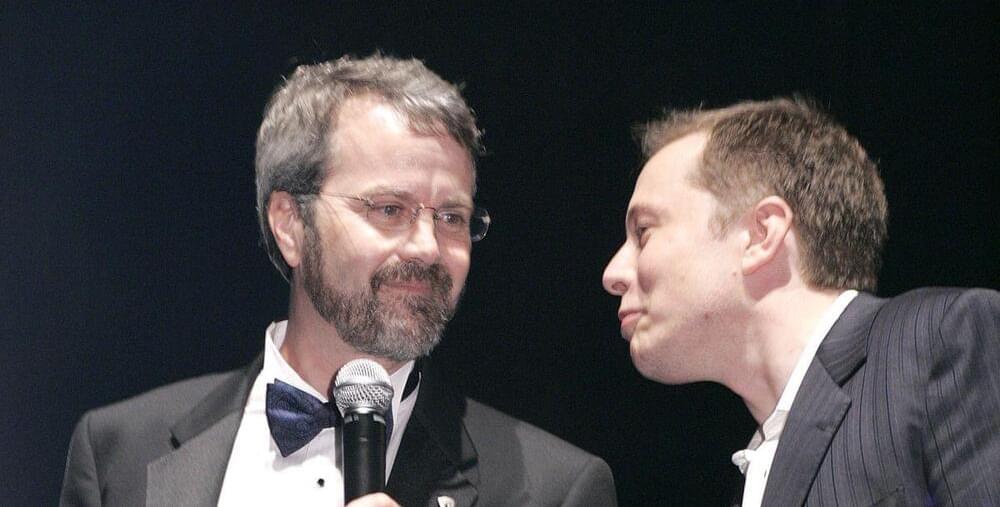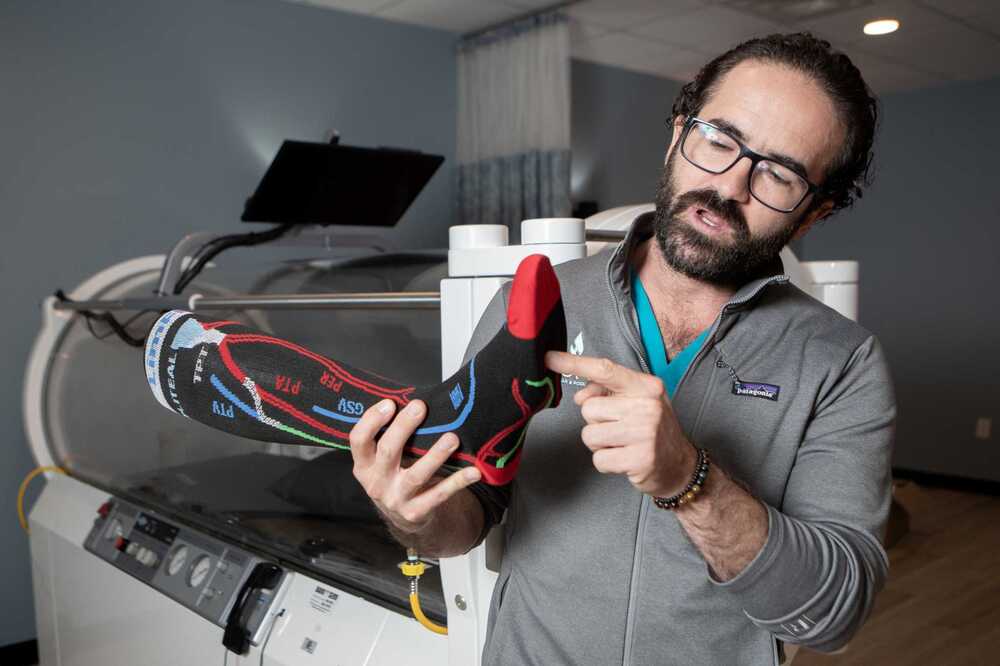Just four months after the groundbreaking surgery, the patient was able to feel the touch of his sister’s hand.
The billionaire Twitter/X owner is ignoring Robinhood and eToro as he signals his plan to create a ‘trading hub’ inside the microblogging app.
Scientists engineered a synthetic metamaterial to direct mechanical waves along a specific path, which adds an innovative layer of control to 4D reality, otherwise known as the synthetic dimension.
Everyday life involves the three dimensions or 3D — along an X, Y, and Z axis, or up and down, left and right, and forward and back. But, in recent years scientists like Guoliang Huang, the Huber and Helen Croft Chair in Engineering at the University of Missouri, have explored a “fourth dimension” (4D), or synthetic dimension, as an extension of our current physical reality.
Creation of a new synthetic metamaterial.
In a recent article published in Scientific Reports, researchers describe the symptom profiles of respiratory viral infections from the Flu Watch Community and the Virus Watch cohort studies to compare the frequency of the range of symptoms experienced during influenza, respiratory syncytial virus (RSV), rhinovirus, seasonal coronaviruses (CoVs) infections, and infections from severe acute respiratory syndrome coronavirus 2 (SARS-CoV-2) wild-type (wt) strain and variants of concerns (VOCs), including Alpha, Delta, Omicron BA1/BA2/BA5.
Study: Symptom profiles of community cases infected by influenza, RSV, rhinovirus, seasonal coronavirus, and SARS-CoV-2 variants of concern. Image Credit: KitjaKitja/Shutterstock.com.
As Meta Platforms Inc.’s META latest social media platform, Threads’ daily active user count continues to drop, Elon Musk has accused Mark Zuckerberg’s forum of committing a “cardinal sin.”
What Happened: Meta’s Threads entered the social media arena with much fanfare, quickly attracting over 100 million sign-ups in just five days.
However, the initial hype didn’t translate into long-term user retention, as the daily active user count witnessed a staggering 82% decline since its peak at 44 million users on launch day, reported CNN, citing data from Sensor Tower.
Will someone please tell us who the hell owns AI.com and what they’re doing with it?
The domain, which used to direct to ChatGPT, now redirects users to xAI, an AI company owned by Elon Musk. Separate from X Corp, xAI claims on its website that it “will work closely with X,” the social media company formerly known as Twitter — including using posts on X as training for its large language model.
The high-value AI.com domain name changed hands in 2021, sat idle for a while, and then suddenly started redirecting to ChatGPT in February. For ChatGPT users, it was a helpful shortcut if they didn’t have the site bookmarked and couldn’t quite remember the precise URL for the chatbot (chat.openai.com, for the record).
Patients with diabetes and chronic kidney disease are at a higher risk for severe circulatory problems. A new procedure is helping them avoid amputations.
In a recent review published in BJC reports, researchers investigated the complex relationship between gut bacteria, diet, and patient nutrition, aiming to discern how these combined elements impact responses to immune checkpoint inhibitor (ICI) cancer treatment and identify patients most likely to benefit from such therapy.
Study: Gut microbiome and nutrition-related predictors of response to immunotherapy in cancer: making sense of the puzzle. Image Credit: SewCreamStudio/Shutterstock.com.
Plus: The race to find a better way to label AI.
Earlier this year, when I realized how ridiculously easy generative AI has made it to manipulate people’s images, I maxed out the privacy settings on my social media accounts and swapped my Facebook and Twitter profile pictures for illustrations of myself.
The revelation came after playing around with Stable Diffusion–based image editing software and various deepfake apps. With a headshot plucked from Twitter and a few clicks and text prompts, I was able to generate deepfake porn videos of myself and edit the clothes out of my photo. As a female journalist, I’ve experienced more than my fair share of online abuse. I was trying to see how much… More.
